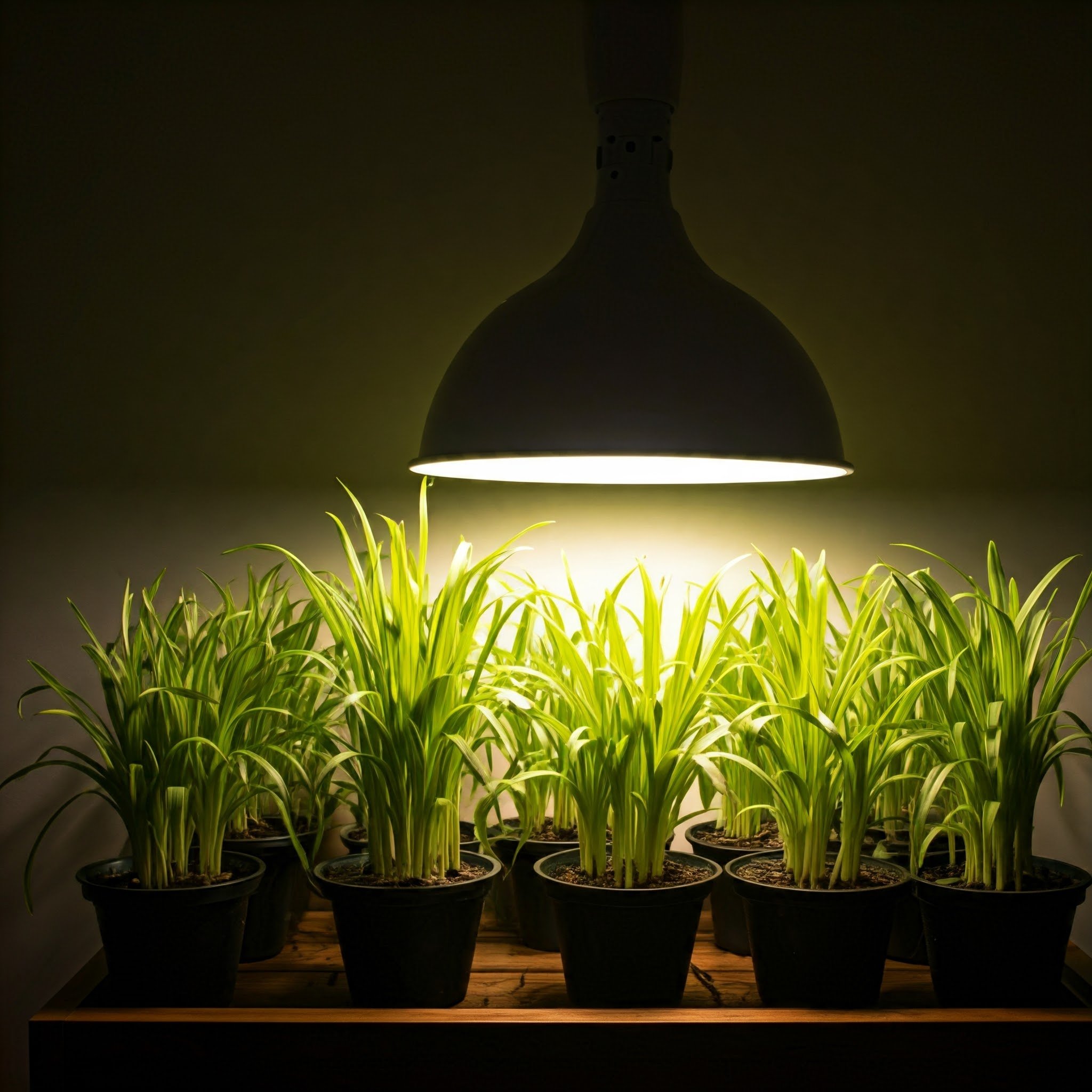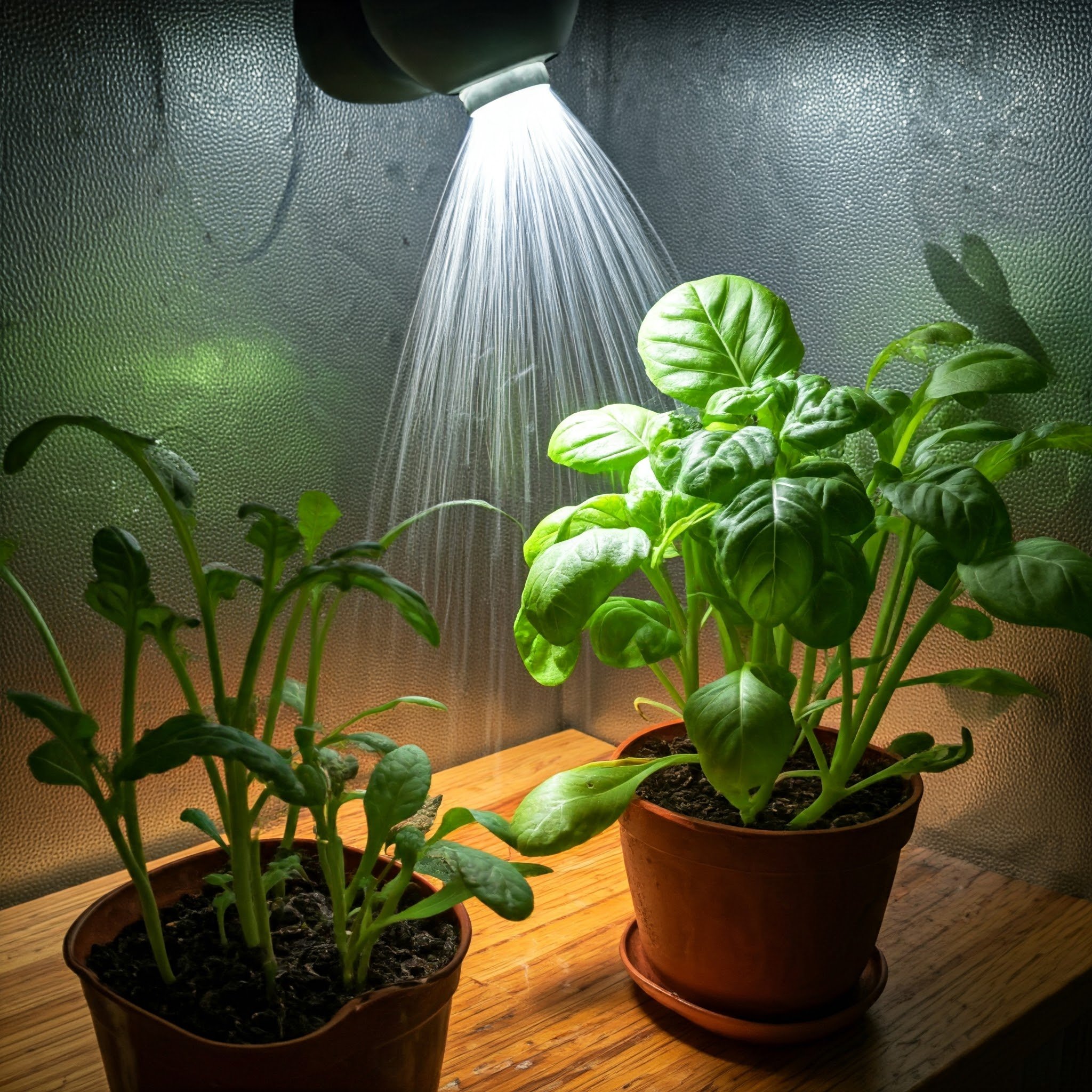IndoorGardening (Releasing ever few weeks)
Course Intro: Indoor Gardening – Welcome to the Jungle (minus the giant spiders)
Welcome to Indoor Gardening: The Stay-Home Guide to Growing Food You Actually Eat! Here, we’re all about taking the mystery out of plants and helping you feel like a pro gardener right in the comfort of your own home.
In this course, you’ll learn how to go from “Oh no, why did my basil die?” to “Look at me, feeding my family with this mini urban jungle!” We’ll dive into light, soil, water, and (of course) the mystical art of not killing your plants in record time. Expect to harvest delicious herbs, tasty greens, and maybe even a tomato or two—all while indoors, far from the rain, bugs, and random raccoons your outside plants have to battle.
So, dust off your pots, grab a watering can, and let’s make your house the most productive little garden hideaway on the block. Because yes, you can grow enough basil to finally make that pesto you’ve been dreaming about. Let’s get growing!
-
Module 1: Introduction to Indoor Gardening
-
Module 2: Lighting Essentials
-
Lesson 1: Why Lighting is Important
If plants had a love language, it would be light. Lighting is the energy source that powers photosynthesis—basically, their version of eating a healthy meal. Without the right light, plants can get leggy, pale, and weak. So, let’s make sure your indoor garden gets the perfect glow.
-
Lesson 2 : Natural Lighting
Maximize natural light for healthy plants! 🌞 South-facing windows are ideal, but east and west can work too. Learn how to estimate your plants' light needs, protect them from cold glass, and keep them thriving by rotating regularly to avoid lopsided growth. Optimize indoor sunlight to create the perfect environment for vibrant, happy plants
-
Lesson 3: Grow Lights
No sunlight? No problem! 🌱 Grow lights can transform your indoor garden. Discover different types, like LED and full-spectrum lights, that mimic natural sunlight. Learn how blue light boosts growth, red encourages blooms, and green supports overall health. Plus, find out why color temperature (5,000-6,500K) is key for thriving plants
-
-
Chapter 3
Meet your instructor
✳
Meet your instructor ✳
MATT
It all begins with God guiding me to help others grow the food they eat. Keep it simple, don’t charge them, and don’t put ads everywhere—just help people learn how to grow their own food.










